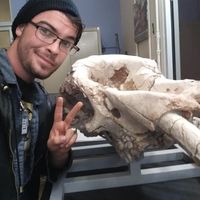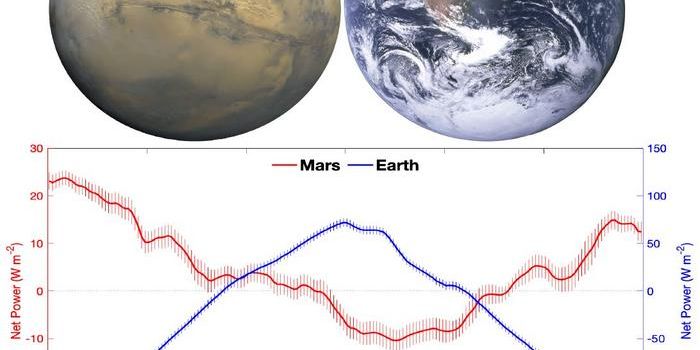New Species of Duckbill dinosaur discovered in Missouri
The first dinosaurs in Missouri were discovered by a local family digging a well on their property in the 1940s. After that, the finds were sporadically excavated for the next five decades. Now incredibly, Paleontologists have unearthed the bones of at least 4 duckbill dinosaurs in Missouri! Most of the famous fossils like Tyrannosaurus rex and Triceratops were discovered in the western half of the United States, it is very rare to find dinosaurs in the eastern half of the county, however, it does happen.
This is because, during the Mesozoic era, North America was separated into two separate continents by the great Western Interior Seaway. The west was known as Laramidia and the east was known as it is today, as Appalachia. Both were undoubtedly home to a variety of dinosaurs, however much more is known about the western half of the US due to the environment in that region, namely, the many exposures of badlands.
Initially discovered decades ago and misidentified as a sauropod, or long neck, the skeleton ended up becoming classified as an entirely new species unknown to scientists. Up to four Parrosaurus missourenisis skeletons may have been recovered at the fossil site. Including different ontogenetic stages of the growth cycle (juvenile skeletons), which is extremely rare to find in the fossil record. The incredible discovery is now being prepared and housed at the St Genevieve Museum and Discovery Center.
Field Museum paleontologists also discovered turtle fossils and several other elements belonging to other unspecified dinosaurs. The depositional context is also worth noting because the “pit” where the fossils were discovered has a very dark clay-like appearance contrasting with the sand bar sediments around the rest of the area. Perhaps this was some type of natural trap, bog, or mud pit. These types of fossils and the stratigraphic context they are discovered in will prove invaluable to reconstructing the extinct ecosystem of the Appalachian west coast. Hopefully with more discoveries like this paleontologists will begin to tell the story of Appalachia in the Mesozoic Period.
Sources: Smithsonian, St. Genevieve Museum and Discovery Center









